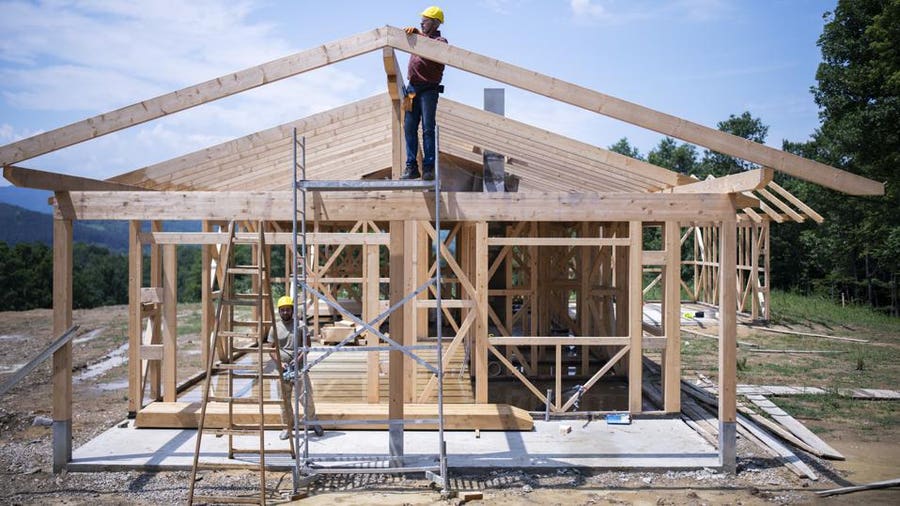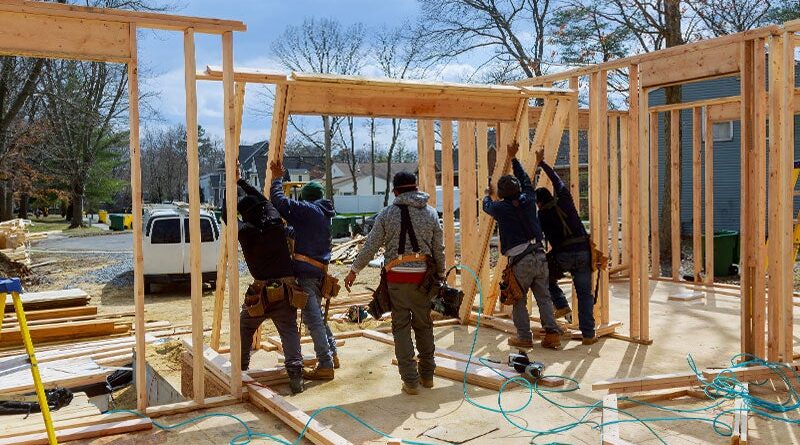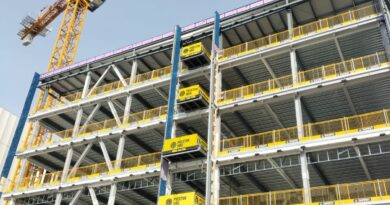Laying the Foundation: What to Do First When Building a Home in Australia
Building a home is an exciting venture, and in Australia, it’s essential to lay the right foundation for a successful construction project. Before embarking on this journey, there are several crucial steps that aspiring homeowners and developers need to take to ensure a smooth and compliant building process.
From obtaining permits to selecting the ideal site, and engaging with professionals, here’s a basic guide on what to do first when building a home in Australia.
Engage Qualified Professionals

Building a home is a complex task that demands the expertise of qualified professionals. Engage the services of architects, engineers, surveyors, and builders like Montgomery Homes who have experience with Australian building codes and standards. These experts will help design a home that meets your needs while complying with all relevant regulations.
Obtain Necessary Permits
Obtaining the required permits and approvals is a fundamental step in the construction process. It involves navigating through various regulatory requirements to ensure that your home construction complies with local laws and building codes. This process usually involves:
1. Planning Permits
Before beginning any construction, you must obtain a planning permit from the local council or relevant planning authority. This permit ensures that your proposed home aligns with the zoning regulations and fits within the overall urban or rural planning framework of the area.
2. Building Permits
Once you have your planning permit, you need a building permit, which ensures that your home’s design and construction meet safety standards and building codes. Building permits are essential for both new construction and major renovations.
3. Other Approvals
Depending on your location and the specifics of your project, you may need additional approvals, such as environmental permits or permits related to heritage protections. Be sure to check with local authorities for any specific requirements.
Site Analysis and Selection

Site analysis and selection is a crucial step in the process of building a home in Australia. It involves a systematic and thorough assessment of potential building sites to determine their suitability for construction. The process begins with preliminary research, where aspiring homeowners or developers gather information on available properties, considering factors like location, size, accessibility, and proximity to essential amenities.
After shortlisting potential sites, a site visit and observation take place to gain firsthand insight into the site’s surroundings, neighboring properties, and natural features. Overall, this comprehensive process enables homeowners and developers to make informed decisions that impact the comfort, value, and functionality of their future homes.
Environmental Considerations
Speaking of site analysis and selection, environmental considerations are important considerations throughout the processes. Respect the environment and surrounding ecosystem of your chosen site. In Australia, specific areas may be ecologically sensitive or home to unique flora and fauna.
Use eco-friendly and sustainable building materials to reduce the environmental footprint of your home. Incorporate energy-efficient features like insulation, solar panels, and energy-efficient appliances to minimize energy consumption.
You can also Implement rainwater harvesting systems and efficient irrigation practices to conserve water. Greener options for your build not only helps you save money, but increases the value of your home once you sell it on the market.
Design Considerations
Develop a detailed design that aligns with your lifestyle and preferences. Consider energy efficiency, natural light, and the overall functionality of the space. Collaborate closely with your architects and designers to ensure the design meets your vision and complies with building codes.
Familiarize yourself with the relevant Australian Building Codes and Standards, such as the National Construction Code. Adhering to these regulations is crucial to ensure the safety, quality, and legal compliance of your home.
Budgeting and Financing

Budgeting and securing financing are crucial for the successful completion of your home construction. Prepare a comprehensive breakdown of all projected costs, including land acquisition, design, permits, materials, labor, and contingencies. Next would be to consider financing options.
Explore various financing options, such as mortgages, construction loans, or personal savings. Also, you need to allocate a reserve fund to cover unexpected expenses or changes during construction.
Safety Precautions
Safety precautions are of utmost importance during the construction process to protect the well-being of workers, visitors, and the overall integrity of the project. Construction sites can be hazardous environments, with various potential risks and dangers. Implementing safety measures and adhering to occupational health and safety regulations are essential to prevent accidents and ensure a safe working environment.
Accessibility
Accessibility in the context of building a home refers to the design and construction of a space that accommodates individuals with disabilities or mobility challenges, allowing them to use and navigate the home comfortably and independently. Creating an accessible home ensures that people of all abilities can fully participate in daily activities and enjoy an inclusive living environment.
Conclusion
By carefully considering and addressing these aspects, you can set the groundwork for a successful home construction project in Australia. Remember that each stage is interconnected, and thorough planning and collaboration with qualified professionals will lead to a home that meets your needs while adhering to legal and environmental requirements.



